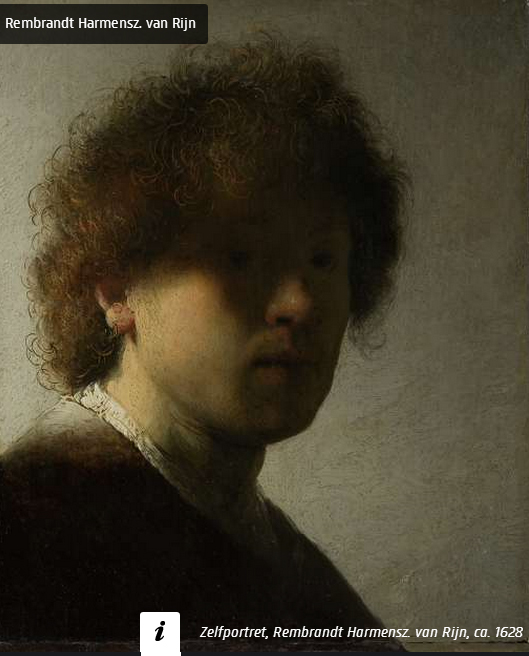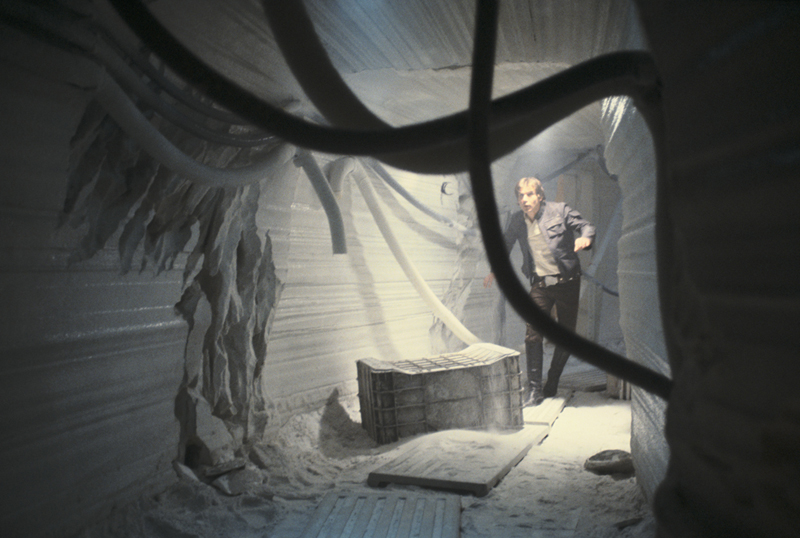
One of the problems I have had with computer graphics is lighting. Due to time and financial constraints – lighting in CG is often resolved procedurally, meaning there is a computer algorithm that solves how light interacts with objects. The very property of an object’s appearance is the fact that it wobbles light.
I have read many ” tutorials” about lighting where people advise you to go to a construction site and see how the light bounces off planks or Walmart to see how light bounces off the shelves. I assure you that unless you are working on a physical simulation or an architectural rendering, if you plan on entertaining people with images – make sure to learn lighting by watching Kurosawa movies and studying Rembrandt paintings. There is nothing more boring than leaving the lighting of a scene, whether digital or real, to an algorithm or a procedural effect.

I love all of the Star Wars movies but the magic of “smoke and mirrors” in the first movies was obliterated completely by computer algorithms in the later ones. There is one scene in the early episodes where Harrison Ford and Leia are running and the action is almost completely obscured by smoke and falling debris. The scene works beautifully and the blurriness of the action adds to the tension and the mood. In contrast, in the later episodes the details and clarity of the computer generated images distract from fully suspending disbelief. George and crew were distracted by the novelty and beauty of the digital worlds but forgot that what makes cinematic experiences compelling, just like some Japanese pottery, are the imperfections and contrivances of man made effects and lighting where the subjective and artistic is stronger than the algorithmic and procedural.
